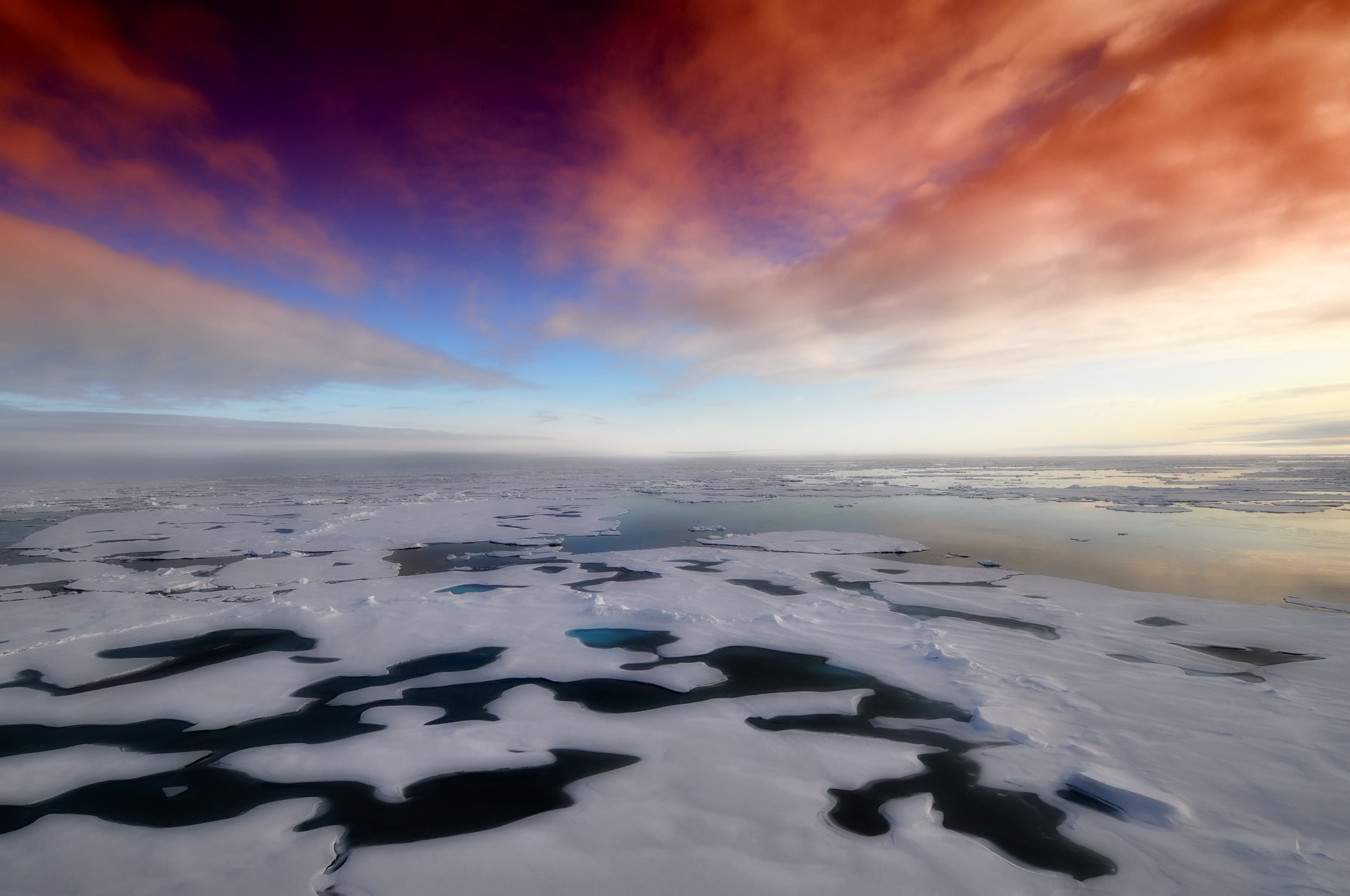A researcher from the University of Southampton has explored the climate scenario depicted in The Day After Tomorrow movie and found that the 2004 film’s premise of “tipping points” — non-linear singularities in climate change — could actually be somewhat in line with what might occur if global warming causes the abrupt collapse of the Atlantic Meridional Overturning Circulation (AMOC).
In the study, which was published in the journal Nature Scientific Reports, Professor Sybren Drijfhout from Southampton University’s Ocean and Earth Science department employed the German climate model ECHAM at the Max-Planck Institute in Hamburg in order to assess the outcome of the AMOC collapsing.
Professor Drijfhout found that if it were to suddenly collapse as a result of global warming, the earth would cool instead of warm. As a result, the earth would experience a 20 year cooling period. From which point, global warming would continue as if the collapse of the AMOC had never occurred, however, global temperature offset would average around 0.8 degrees Celsius.
The professor was quoted by Science Daily as having explained that when the heat flow is reversed from the ocean into the atmosphere, the resulting “energy flow” makes it “possible to attriute the caus of a climate hiatus period.”
When a similar cooling or reduced heating is caused by volcanic eruptions or decreasing greenhouse emissions the heat flow is reversed, from the ocean into the atmosphere. A similar reversal of energy flow is also visible at the top of the atmosphere. These very different fingerprints in energy flow between atmospheric radiative forcing and internal ocean circulation processes make it possible to attribute the cause of a climate hiatus period.
To the contrary, the study claims that the recent warming period is one which simply cannot be attributed to a single cause. Instead, the study claims that El Nino and perhaps changes in the Southern Ocean could be contributing to the recent period of weak warming.
It can be excluded, however, that this hiatus period was solely caused by changes in atmospheric forcing, either due to volcanic eruptions, more aerosols emissions in Asia, or reduced greenhouse gas emissions. Changes in ocean circulation must have played an important role. Natural variations have counteracted the greenhouse effect for a decade or so, but I expect this period is over now.
With reports of the world’s northernmost forests — the boreal forests, which account for 30 percent of the world’s total forests — being pushed to their tipping point by climate change, the world’s bee population at risk of decimation from the same cause and a link between the extinction of woolly mammoths and climate change, what do you think? Is humanity heading towards a catastrophic tipping point?
























